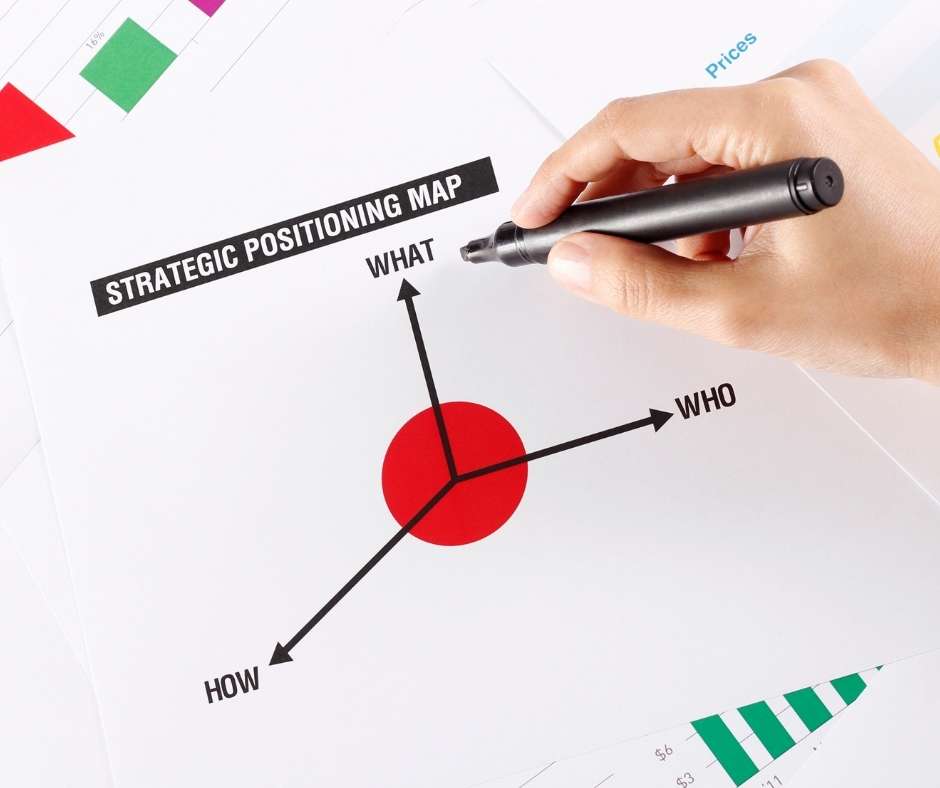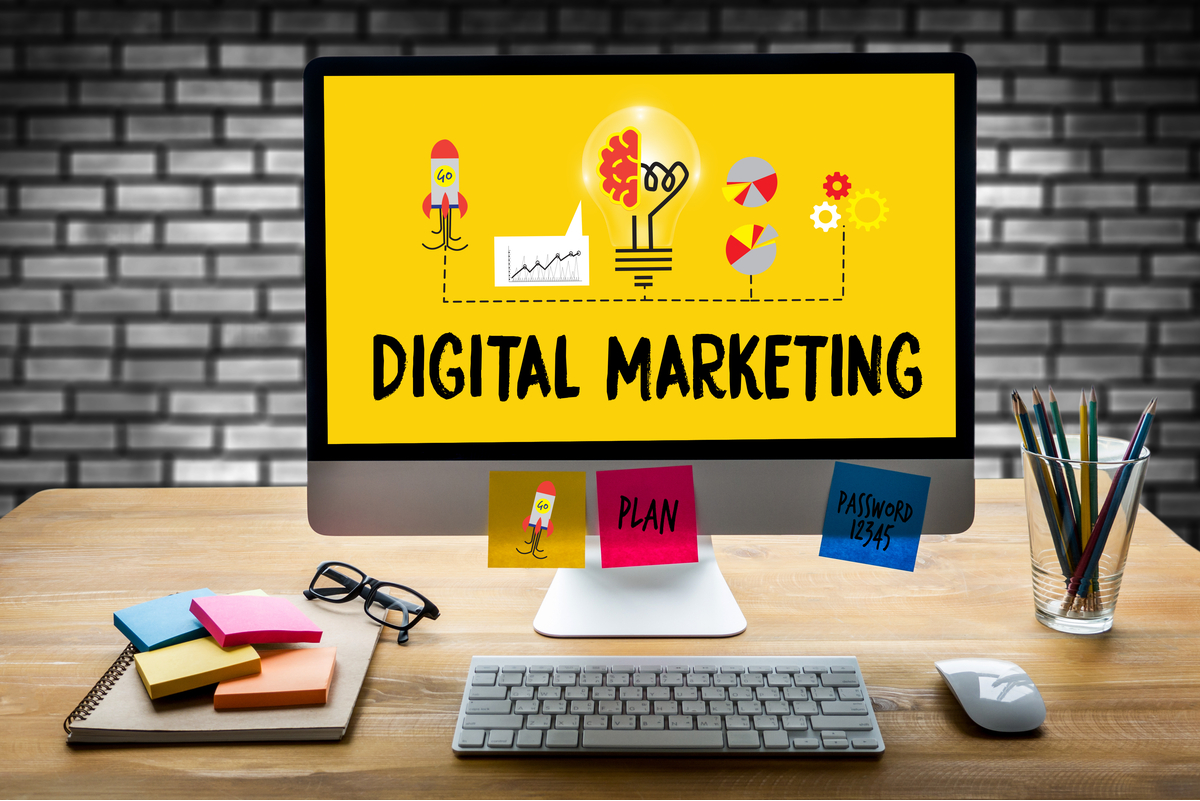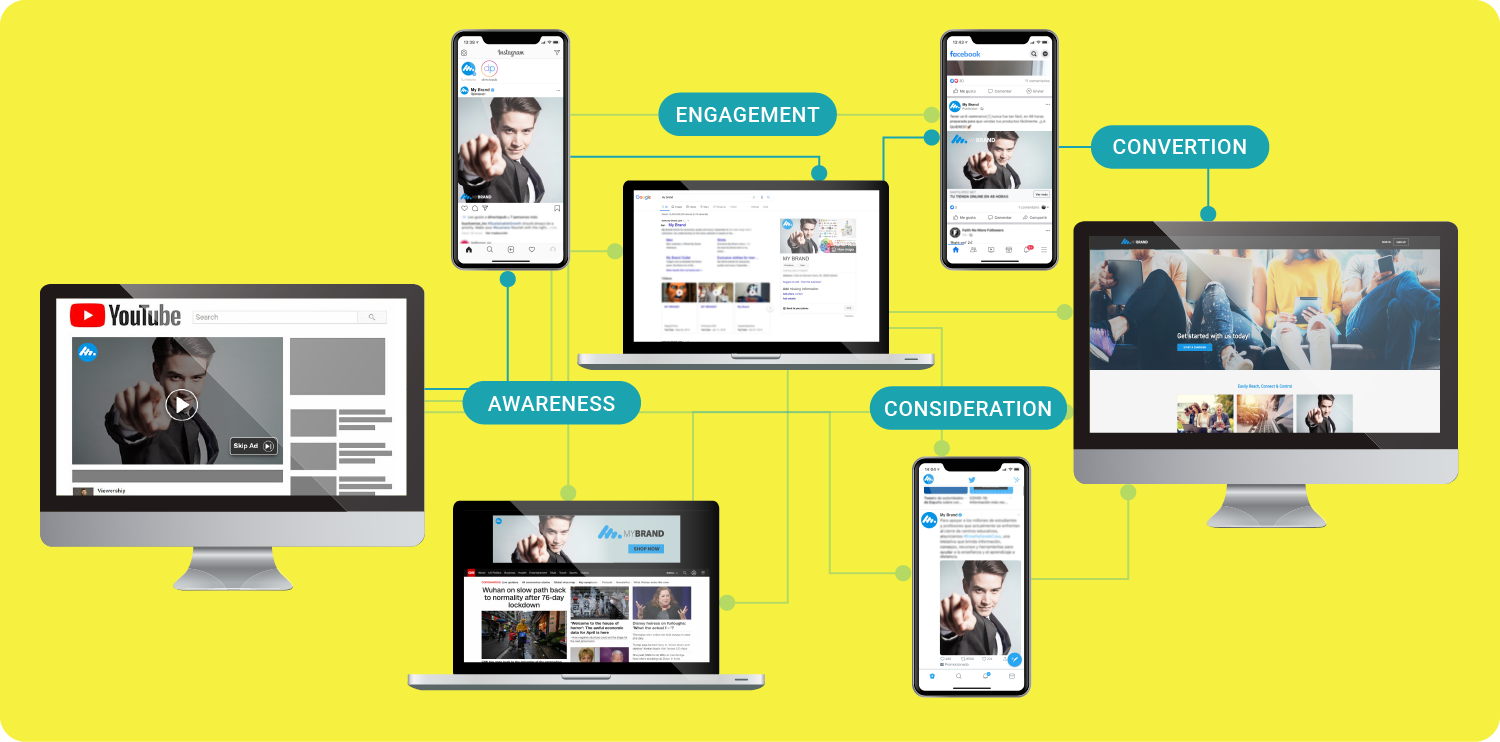For any brand, communication is a large part of their business strategy. Communication specialists can use it to present ideas or plans in a certain way to specific audiences and other stakeholders. It’s a skill that is meticulously crafted in dedicated communication departments and is known as marcom.
Marketing, meanwhile, refers to the act of selling and promoting products and services to a specific audience. Implicitly, that means effective communication of a specific strategy using various channels. In this sense, both marketing and communications have more in common than we might initially appreciate.
What do marketing and communications have in common?
Although they are different business disciplines, they share a lot:
- They are both used to build relationships with audiences, contacting and engaging them in order to influence their behavior and ideally create greater, more receptive audiences.
- Communications and marketing both rely heavily on the development and maintenance of a consistent brand, with the goal of increasing its value and awareness.
- Both use the same online and offline media channels to convey their messages, such as social media, newsletters and print publications, etc.
With such similarities, it’s not unrealistic to imagine a discipline that combines their goals and strengths to create synergies. It’s called Marketing Communication, or MarCom for short.
It can be defined as the combination of ALL messages sent by a brand to promote its services, activities and products. It’s one of the Four P’s that define the marketing strategy mix, along with price, product and place.
Why focus your attention on MarCom?
Two main goals justify the existence of marketing communication:
The first one is to create and then supply the demand for the business’s products, maintaining this in the long run. Companies need to build an image for their brand in order to position it as a solution to their consumer’s problems and needs.
This can be achieved thanks to consistent and clear messaging delivered through the most relevant media channels and to the right target audience. This positioning will influence the way an audience sees the brand, creating relevancy and added value.
The second objective is to assist your customers in the buying process.

It’s essential to know and understand your consumer’s buying journey, from the recognition of their needs to their post-buying evaluation. This will shorten the sales cycle and make it easier for your consumers to complete the buying process successfully.
We all know how a great marketing strategy can positively impact a business. That’s why using a marketing approach in your communication strategy and achieving set goals will improve your business’ overall results by adding value to your brand and, eventually, increasing profit and revenue.
Which tools are used in MarCom?
Advertising and sales promotion: Probably one of the most basic and common forms of marketing communication. It’s non-personal and its main goal is to inform the audience, persuade them into doing something, differentiate the brand from others and remind people of the brand. In short, it increases brand awareness.
Social Media: This helps to increase engagement among your audience and boost brand awareness. It helps brands reach and interact with audiences on a more personal level than plain advertising.
Direct marketing: Involves communication with the audience in a direct, personal way. That’s why the most used channels are those that allow the brand to reach and talk to customers directly, such as phone calls or emails.
Email marketing: This is an ideal tool for promotional purposes and to generate quality leads as it’s highly personalizable and keeps audiences engaged.
Once you’ve determined what tools you’re going to use, it’s time to develop a MarCom strategy.
Creating a successful MarCom plan
There are some key aspects to keep in mind to develop an effective communication plan in marketing:

1. Target audience
It’s essential to select your target audience correctly so you can send them the appropriate messages. This step is crucial since any message you send, even if perfectly crafted, will be pointless if it doesn’t reach the right people. For this reason, you need to exhaustively research and segment your target audiences.
2. Message
Think about what you want to communicate to your audience and use the right wording and timing to deliver your messages.
Timing is particularly important, especially if you want to reach your audience at a specific moment of their customer journeys, thus increasing the efficiency of conversions. You need to select your goals and create the ideal message to make a specific impression on the audience by providing a solution to their problems or creating desire for a product.
3. Channels
Marketing and communications use the same channels to deliver their messages. It’s important to select the right channels and adapt the message to each one so your audience understands what you’re trying to communicate. For example, a business-oriented offer may make more sense on LinkedIn than on Facebook due to the audience profiles.
Of course, you can also mix multiple channels at the same time, creating a multichannel or omnichannel strategy for a well-rounded communication plan. Just remember that you should not use the same tone and language (or even the same imagery) across all channels. The content must be tailored to the channel profile. This is more work, but achieves better results.
4. Budget
This is obviously one of the most important elements, since it helps to determine how you approach the MarCom plan. Investing more or less can make a big difference. The most important thing is to think carefully about how to use resources to increase profit. Throwing money at a problem only works if the solution is well-considered and based on solid strategy.
Marketing communication can be highly useful beyond the department level. It also impacts your business as a whole since it can help you increase revenue and profit. If you’re not working on it already, now might be the time.
What is MarCom?
Marketing communication, or MarCom, is the combination of the messages sent by a company or brand to their audiences to interact with them and promote products or services.
What are the most important aspects of a MarCom strategy?
In order to have a successful MarCom strategy, it’s crucial to define the target audience correctly, craft the messages you want to communicate, select the right channels and determine the budget you’re going to spend.










